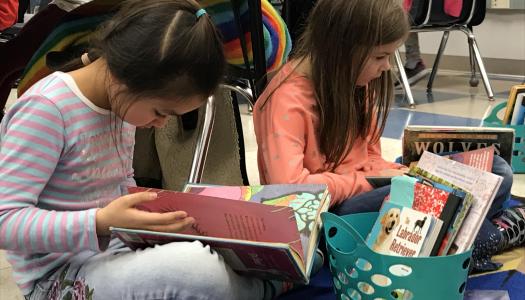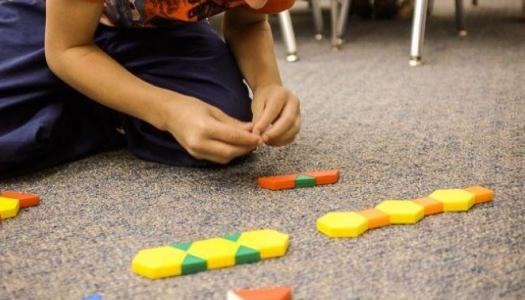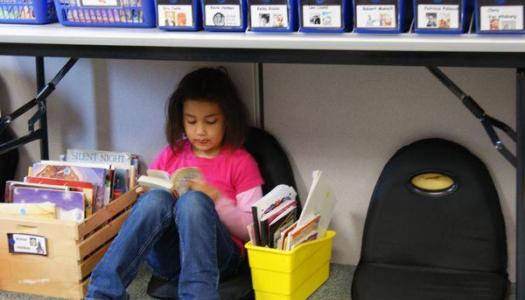
-
Daily 5
Featured Articles
-
CAFE
Featured Articles
-
Math Daily 3
Featured Articles
-
Classroom Design
Featured Articles
- Training
SIGN IN


If you're having trouble logging in, reset your password here or send us a message to [email protected].






